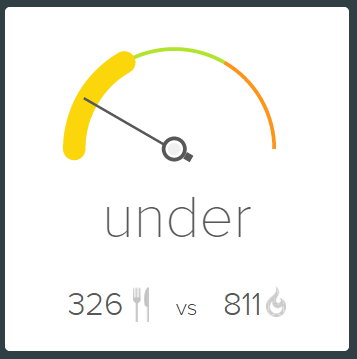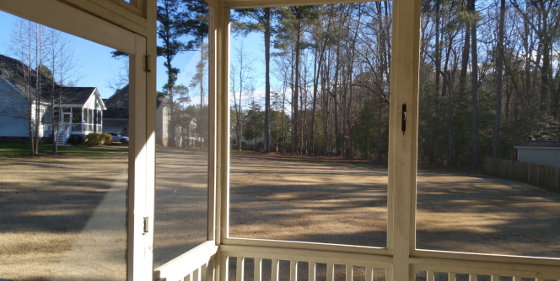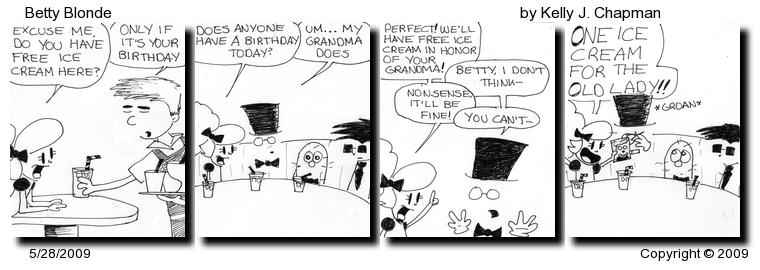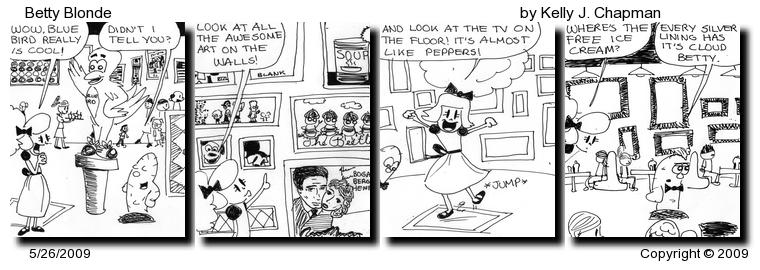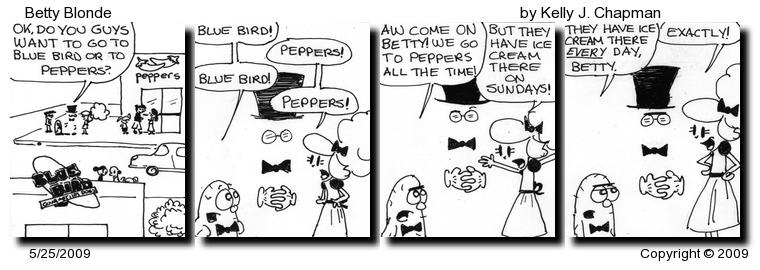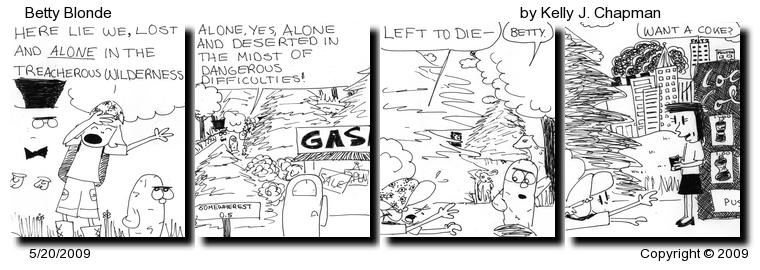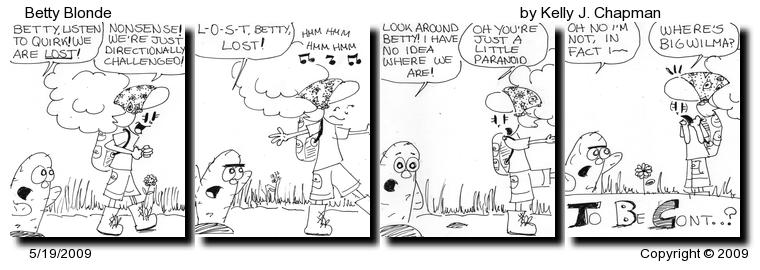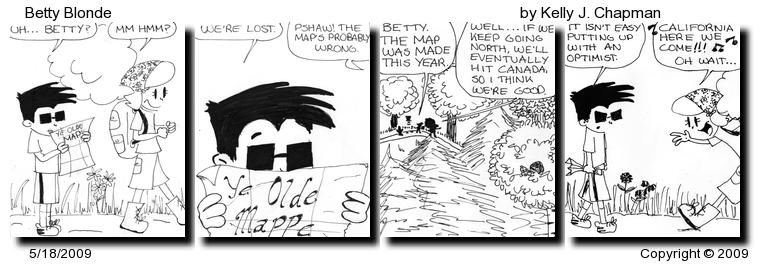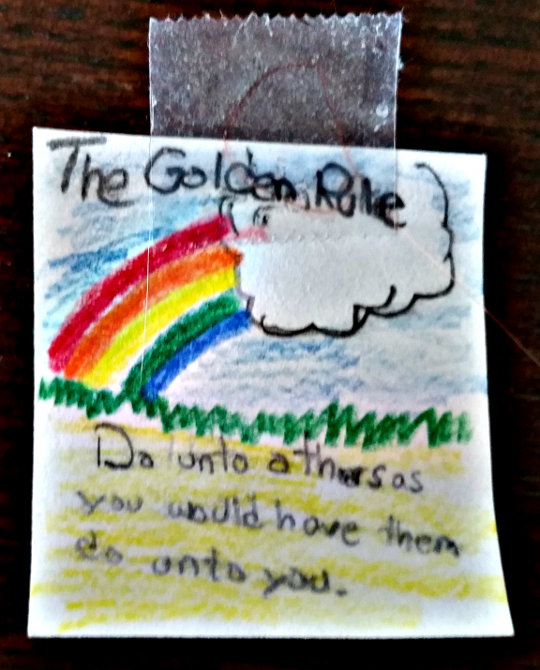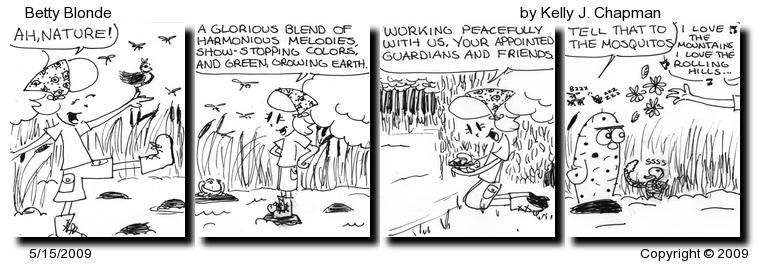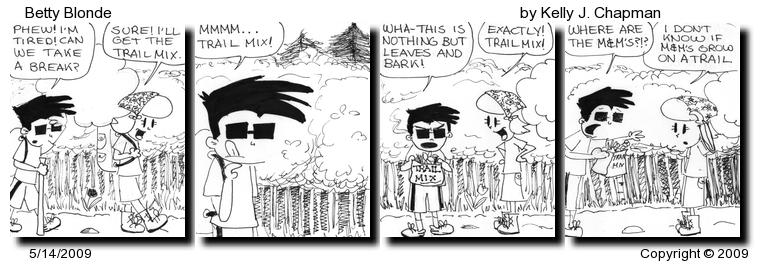This post is part of a narrative history of our homeschool. It is about why we chose to homeschool, what we did and how we did it. It is about our failures and frustrations as well as our successes. The plan is to make an honest accounting of it all for the benefit of ourselves and others. This is a work in progress which was started in late October 2014 after the kids had already skipped most or all of high school, Christian had earned a Bachelor’s degree in Mathematics (Summa Cum Laude), Kelly had earned a Bachelors degree in Statistics (Magna Cum Laude) and they were ensconced in funded PhD programs on the West Coast. I add to the narrative as I have time.
The instruction in Mathematics was particularly strong in our homeschool. It was not because we, as the parents, were particularly knowledgeable or had special insights. I think the thing we did well is continually monitor the progress of the kids to assure they continued to learn the material they were in. When we started back in homeschool, we chose Saxon Math. I think that is a great program, but after a couple of months we saw the kids were losing interest because of the tedium and repetitiveness of that system. We needed something that held the kids interest at the same time it laid a strong math foundation for future work.
Singapore Math
We had heard about the quality of Math education in Singapore long before we started homeschool. We just assumed the system was tedious and repetitive, too. We assumed that to receive the kind of in depth coverage of all the foundational material, it would have to be that way. We were so wrong. I read some reviews of the program, downloaded some sample lessons from the Singapore Math web site, talked to some others (also on-line) and decided to give it a try. We thought we would be a little behind because of our false start with Saxon Math, but when the kids took the placement test (available for free on-line), they were a little ahead of their grade levels. When we ordered the books, we decided to just start them at their normal grade levels to let them ease into the program. We were a little surprised that the best pricing we could find on the books at the time was through Sonlight.
We went at the recommended pace for about a week, but the kids were enjoying it enough and doing it so rapidly, we decided to double the assignments. We did that for the duration of the kids elementary school. That put the kids pretty for out front of what might considered to be a normal trajectory. One of the things we really liked about the Singapore Math program was a pretty strong focus on “mental math.” Christian really got into that and could do some pretty amazing calculations in his head. Kelly was not so bad at it either, but got to it at enough of a later age that that particular math skill did not get as ingrained compared to Christian.
Math After Elementary School
After the Singapore Math sixth grade material we switched to Teaching Textbooks. We finished it all well before the kids got to sixth grade and started in on the Singapore Junior High School, but we did not find it to be even remotely as good as the elementary school programs. I will talk about why we decided to switch to a different Math program to study Pre-Algebra, Algebra I, Algebra II and Geometry in the section on Junior/Senior High School. For a taste of this, I wrote a post that is one of the most frequently visited posts on this site. It is titled Why we switched from Singapore Math to Teaching Textbooks. Also in the Junior/Senior High School section, I will discuss why we moved away from Teaching Textbooks to Thinkwell Math for Pre-Calculus and Calculus.
A Final Note
We are very happy with the trajectory we took with respect to Math. On the basis of this Math foundation, Kelly earned a degree in Statistics (Magna Cum Laude) and Christian earned a degree in Applied Mathematics (Summa Cum Laude) at North Carolina State University. We as confident about the quality of Math education received by the kids than any other subject area with the possible exception of what we studied in the area of Philosophy, Religion and Worldview. We can heartily recommend this path.
Finally, I should note that for Math, we did not follow any of the Sonlight daily planning guides. I am not even sure whether they have a plan for Math. The kids did two lessons per day in Singapore Math and I corrected their work very carefully every night, going over any material with which they struggled. It required diligence on my part and diligence on their part. I think it would have been that way for any math program we would have chosen
Betty Blonde #230 – 06/03/2009
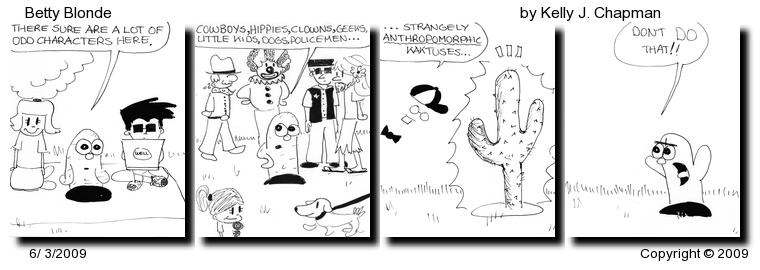
Click here or on the image to see full size strip.

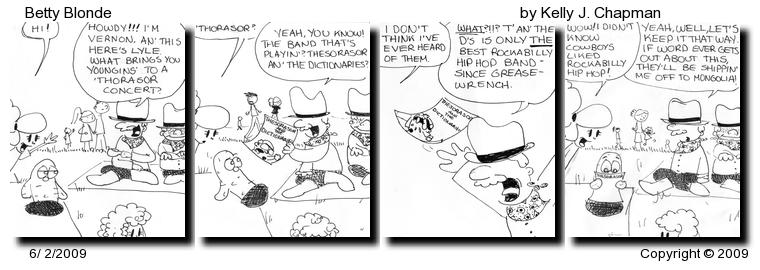
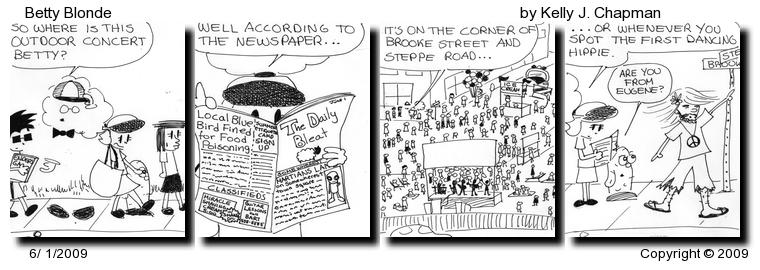
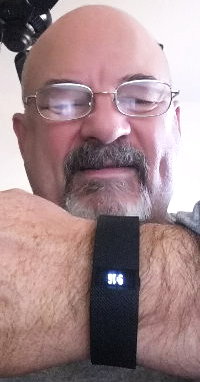 I thought I was just getting a gift, but it turned out to be a full-blown intervention. That thing on my wrist in the picture to the right is something called a
I thought I was just getting a gift, but it turned out to be a full-blown intervention. That thing on my wrist in the picture to the right is something called a 